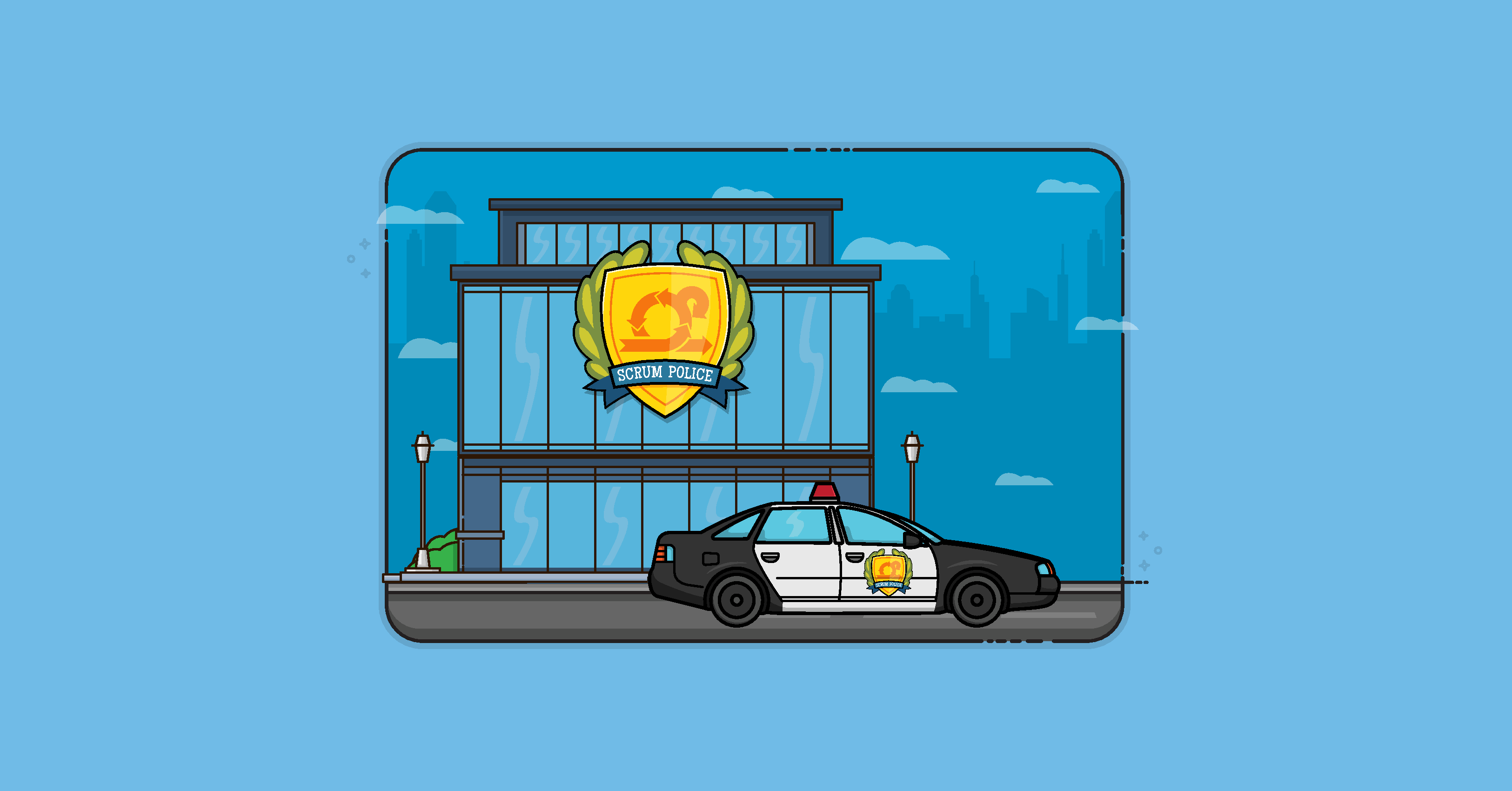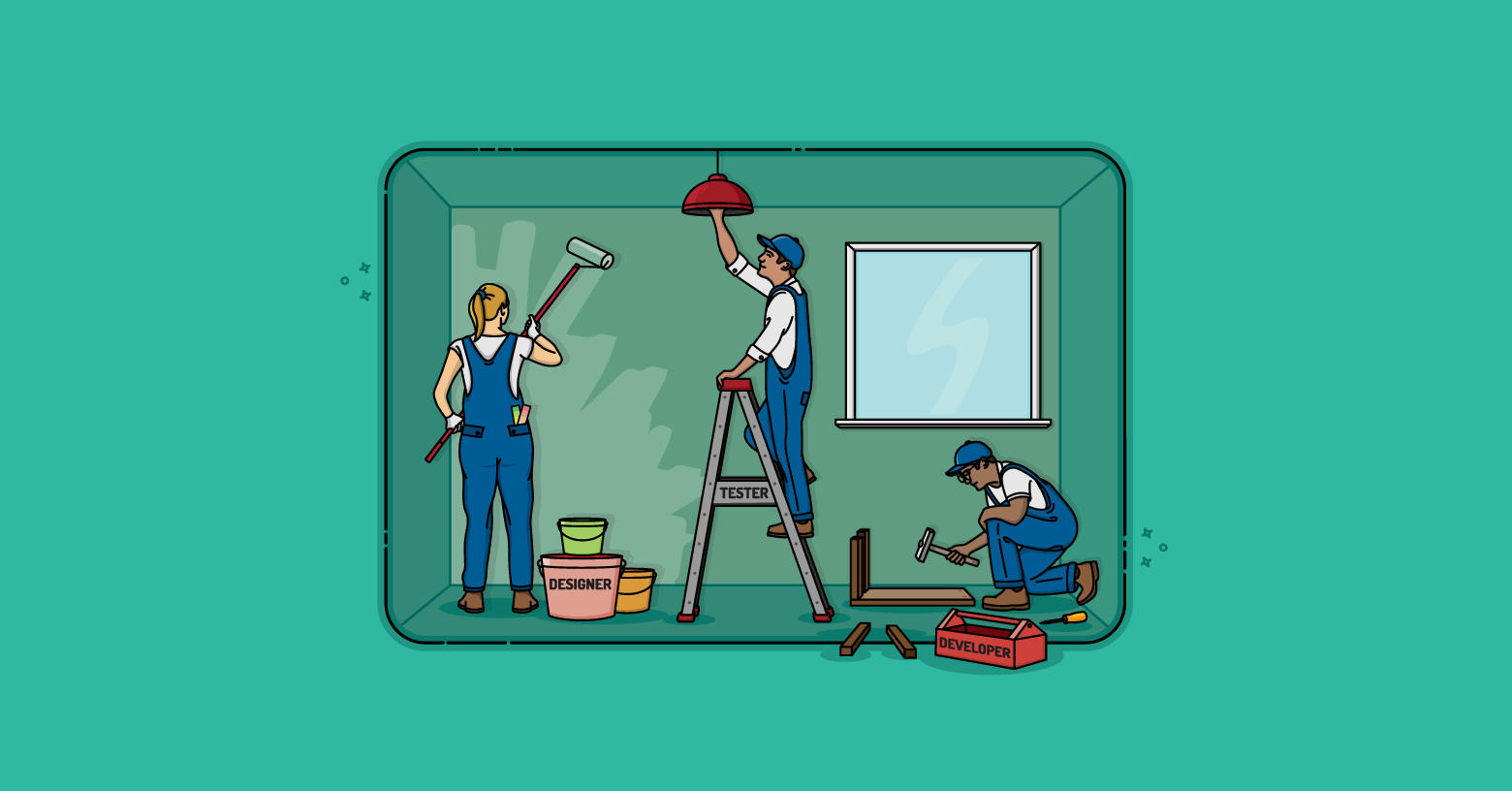Happy St. Patrick’s Day!
The pop history version of St. Patrick’s Day tells us we are celebrating him driving the snakes out of Ireland.
If you could, what would you have someone come drive out of your agile process or your agile adoption?
Would you drive out someone forcing you to standardize things that don’t need to be standardized? I once worked in an organization that had mandated all daily scrums for all teams had to happen between 9:00 A.M. and 10:00 A.M. A popular book says all daily scrums must be conducted left to right.
Or would you drive out daily scrums altogether? A lot of people don’t like the idea of meeting daily. “It hurts productivity,” they’ll tell me. Indeed, for probably 10 minutes a day, people are getting less done. But for the rest of the day, hopefully, people feel energized having heard what their colleagues are doing. Or they’ve avoided a mistake that could have been made if everyone didn’t talk once a day as a full group. Or each person feels a small, nice amount of peer pressure to not show up at tomorrow’s daily scrum without some progress to report, even if minimal some days.
Maybe you’d get rid of iterations or sprints and go for more of a Kanban approach.
Or maybe you want to get rid of estimates and go #NoEstimates.
Is There a Pot of Gold at the End of the Rainbow?
Because St. Patrick was Irish, it’s impossible for me to think of his day without also thinking about leprechauns.
I know leprechauns aren’t real. But neither are Nessie, Big Foot, mermaids, and nonfat, delicious cheesecake. But that doesn’t stop a small part of me from wishing that they were.
Who wouldn’t love to follow a leprechaun to the end of a rainbow where the leprechaun would be forced to give you his pot of gold.
A pot of gold is great, but what is even better to find at the end of a rainbow would be all the benefits a thriving agile adoption can bring an organization.
Projects in agile organizations are more likely to be delivered successfully. They’ll deliver more value at a lower cost with greater predictability and lower risk. Users and customers are therefore happier. Team members are more productive and happier. These are other benefits of agile are reported in the 13th Annual State of Agile Report.
Last update: July 11th, 2024









